Optimal Timing for Fire Restorations
Understanding the optimal timing for fire restorations is essential for effective recovery. The most suitable periods typically depend on weather conditions, fire season activity, and property readiness. Proper timing can minimize further damage and improve restoration outcomes.
Initiating fire restorations promptly after a fire helps prevent secondary damage such as water intrusion and mold growth.
Restorations during dry periods reduce moisture-related issues and facilitate safer cleanup and repairs.
Conducting restorations in off-peak times can lead to faster scheduling and lower costs.
Avoiding extreme weather conditions like heavy rain or snow ensures safer and more efficient restoration processes.
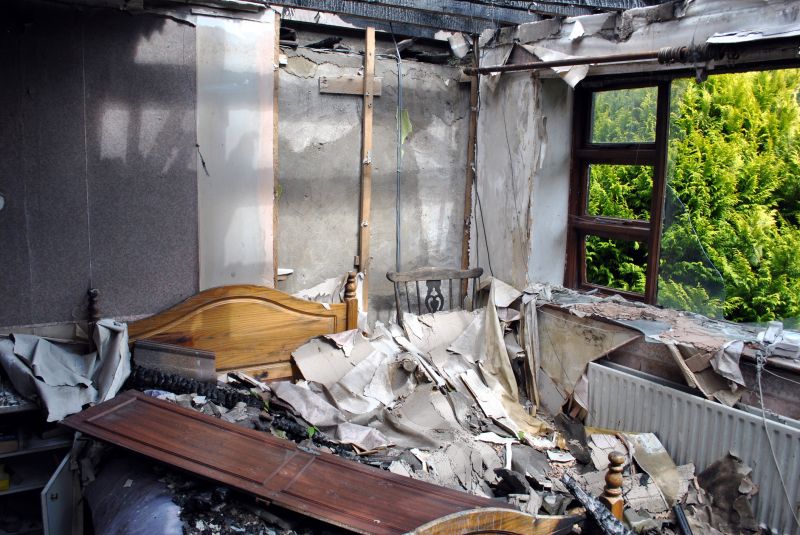
Assessing damage early helps determine the best restoration timeline.

Effective cleanup is crucial and is best performed when weather conditions are favorable.
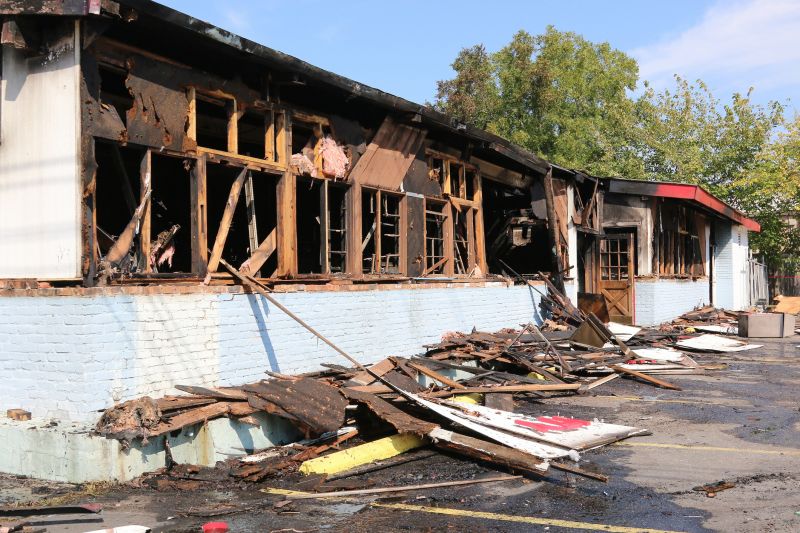
Structural repairs should be scheduled when environmental factors support safe work.

Ways to make Fire Restorations work in tight or awkward layouts.
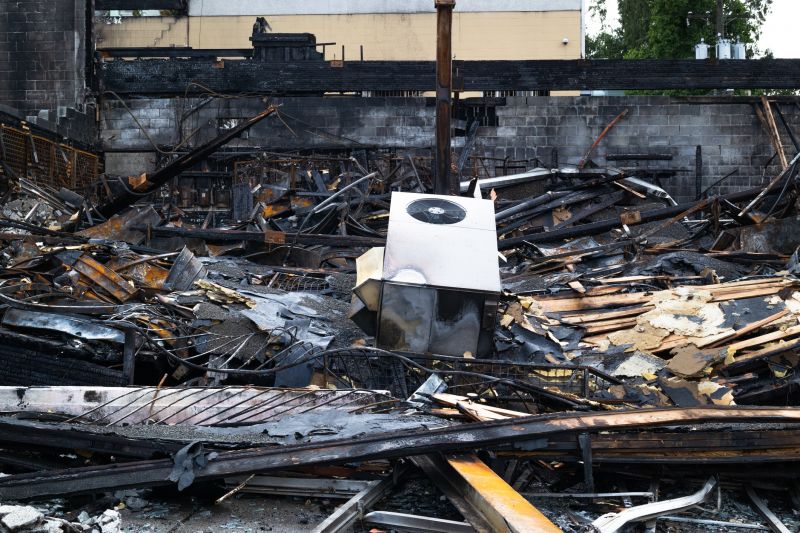
Popular materials for Fire Restorations and why they hold up over time.

Simple add-ons that improve Fire Restorations without blowing the budget.
| Timing Factor | Details |
|---|---|
| Post-Fire Response | Begin restoration as soon as safety is confirmed to prevent secondary damage. |
| Seasonal Weather | Choose dry, mild weather periods for optimal restoration conditions. |
| Fire Season | Plan outside peak fire seasons to avoid delays and resource shortages. |
| Property Readiness | Ensure property is accessible and safe for restoration teams. |
| Resource Availability | Coordinate with restoration professionals during times of lower demand. |
| Environmental Conditions | Avoid extreme weather like heavy rain or snow during restoration. |
| Community Impact | Schedule to minimize disruption to residents or neighboring properties. |
| Insurance Processing | Align restoration timing with insurance claim procedures for efficiency. |
Fire restorations involve a comprehensive process that includes damage assessment, debris removal, structural repairs, and odor mitigation. The timing of these activities can significantly influence the effectiveness and cost of the restoration. Proper planning ensures that restorations are completed efficiently, reducing the risk of long-term damage and restoring safety and stability to affected properties.
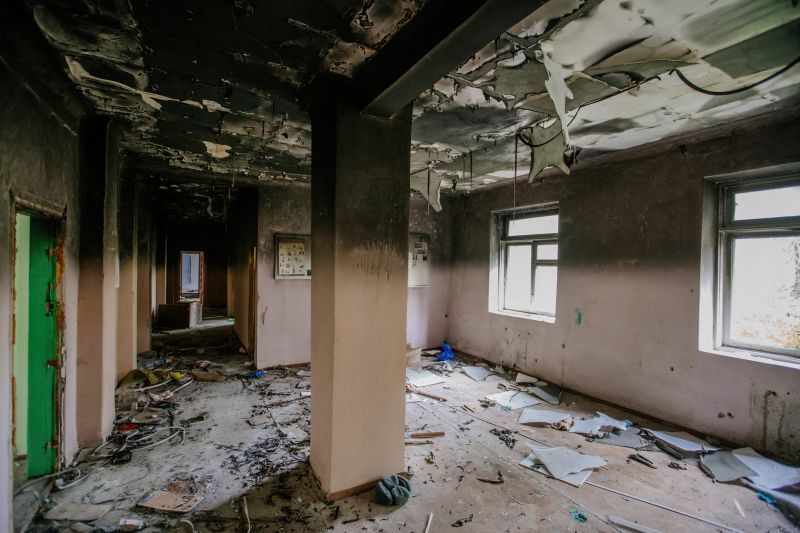
Removing debris and soot is a critical early step in restoration.
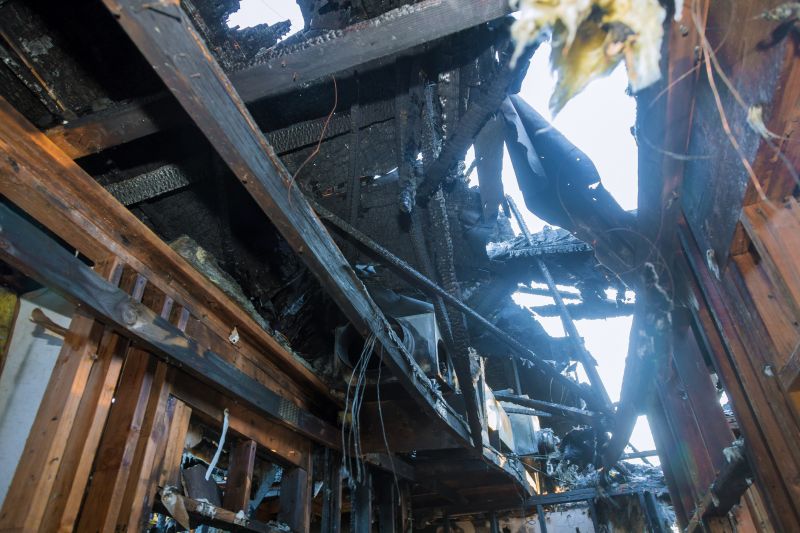
Repairs to structural components restore safety and stability.
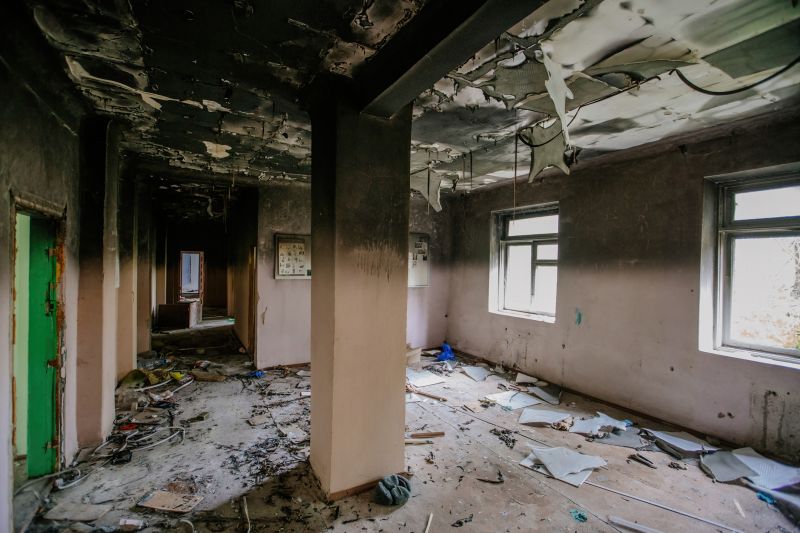
Specialized methods eliminate persistent smoke odors.
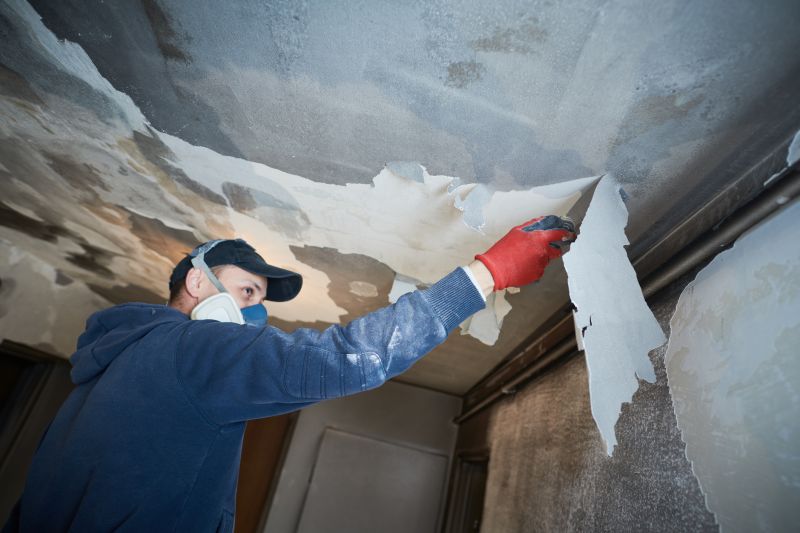
Ensures all restoration work meets safety and quality standards.
Timely fire restorations are vital for minimizing property loss and restoring safety. Planning around weather conditions, fire season trends, and property readiness can lead to more efficient and effective recovery efforts. Consulting with restoration professionals can provide tailored guidance to determine the best timing for each specific situation.
